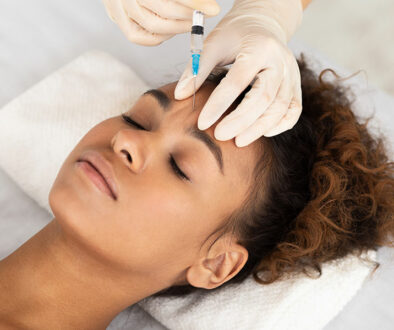Rhinoplasty: More Than Mere Cosmetic Benefits
Supermarket tabloids are filled with before and after pictures of celebrities who have had “nose jobs” or some other type of cosmetic surgery. It may surprise you to know that “nose jobs” (rhinoplasty) are not only done to improve appearance. Often, improving the shape of the nose can help support drooping cartilage and open nasal passages, allowing patients to breathe better and help avoid chronic sinus infections.
What Is Rhinoplasty?
Rhinoplasty is a very common procedure. Each year, almost a half million people seek a physician’s advice concerning nose surgery. While patients may consider a rhinoplasty to change their appearance, they may also need this surgery to correct an injury, improve breathing, or correct a structural problem within the nose. Patients may have breathing problems caused by enlarged turbinates, softening nasal cartilage or a deviated septum.
ENLARGED TUBRINATES
Turbinates are tissues located inside the nasal passages. Turbinates filter and warm the air we breathe. When the turbinates are enlarged, they can cause chronic nasal stuffiness. Rhinoplasty may be used to reduce the turbinates or remove part of them. Because they serve an important function, they can’t be completely removed.
SOFT NASAL CARTILAGE
As you age, nose cartilage weakens and may droop, obstructing airflow. While breathing strips may offer relief for most people, for others, the nose may need to be reshaped. This could involve a septoplasty, which reshapes the septal cartilage and bone. The septal bone is what separates the nose into two sides. Sometimes, this bone may be deviated or warped due to injury or malformation.
DEVIATED SEPTUM
As mentioned earlier, sometimes the septum may be deviated. In fact, as many as 80 percent of all nasal septums may be slightly off-center. While this variation is often too slight to be noticed, a deviated septum can cause:
- Frequent sinus infections
- Facial pain and headaches
- Nosebleeds
- Nostril blockage, making it difficult to breathe
- Nasal congestion
- Postnasal drip
Your ENT physician can determine whether or not your septum is deviated.
Is Rhinoplasty Right For You?
Following are five things to keep in mind:
- While health insurance will not cover the cost of rhinoplasty for cosmetic purposes, it may cover the cost of the surgery if the procedure is used to correct a structural problem with the nose. Check with your health insurance carrier for more information.
- Are there other, non-surgical alternatives that may alleviate your problem? Your ENT physician will be glad to discuss all of your treatment options.
- Because the nose is one of the most defining characteristics of the face, small changes can make a huge difference in appearance. Even if the surgery is not done for cosmetic purposes, a corrective rhinoplasty may still cause slight changes in the nose’s appearance. (For more information, and for before and after pictures of a rhinoplasty, visit our website [link to the rhinoplsty pages with photos.]
- Be sure to speak with your surgeon about what to expect after surgery.
- Remember that after the operation, patients are seen for several months to monitor progress and document healing.
If you think you could benefit from a rhinoplasty, please speak with your physician or contact us for an appointment.




